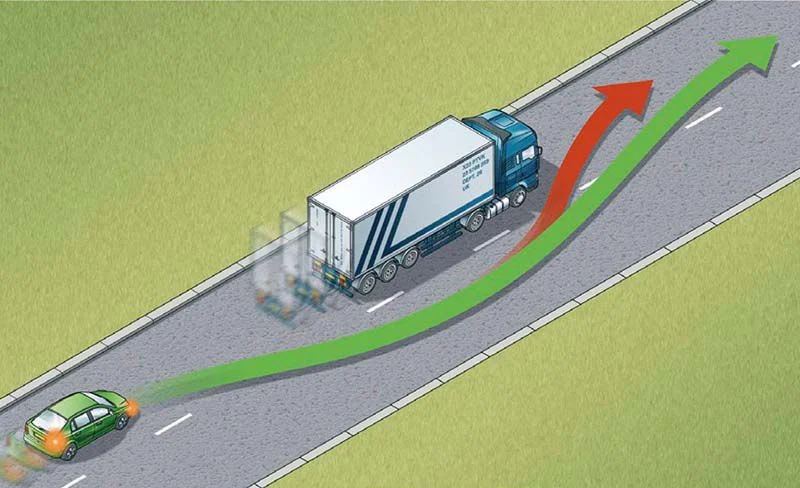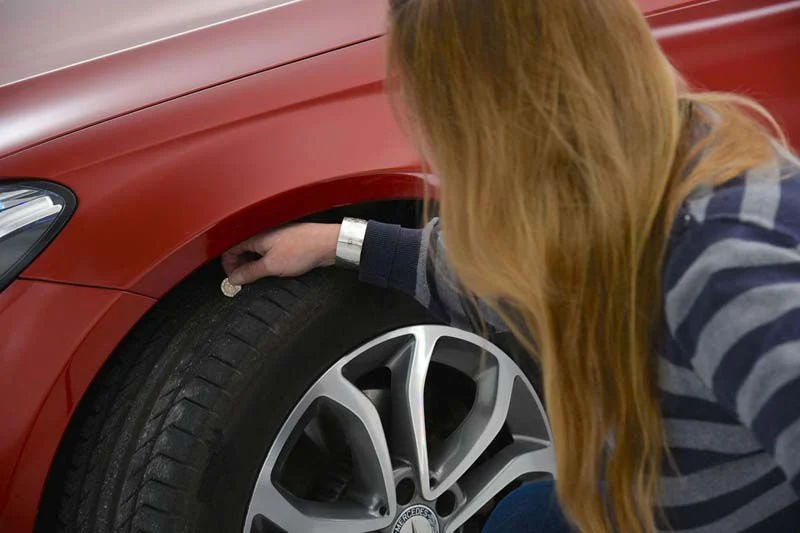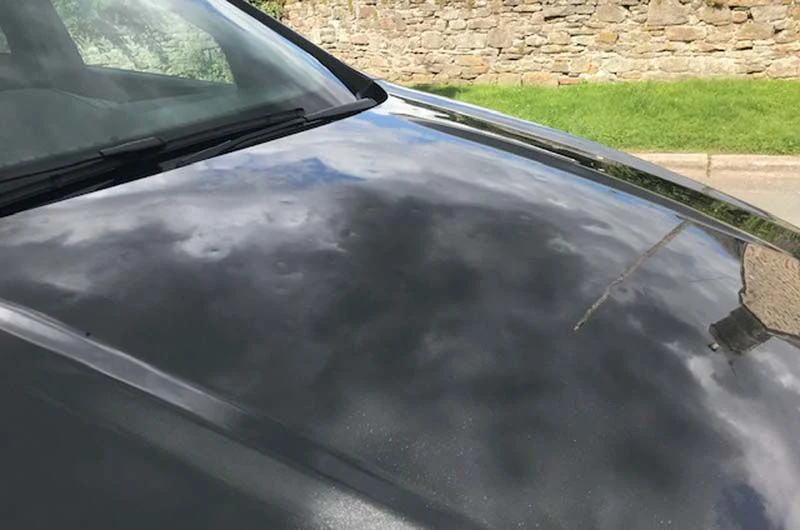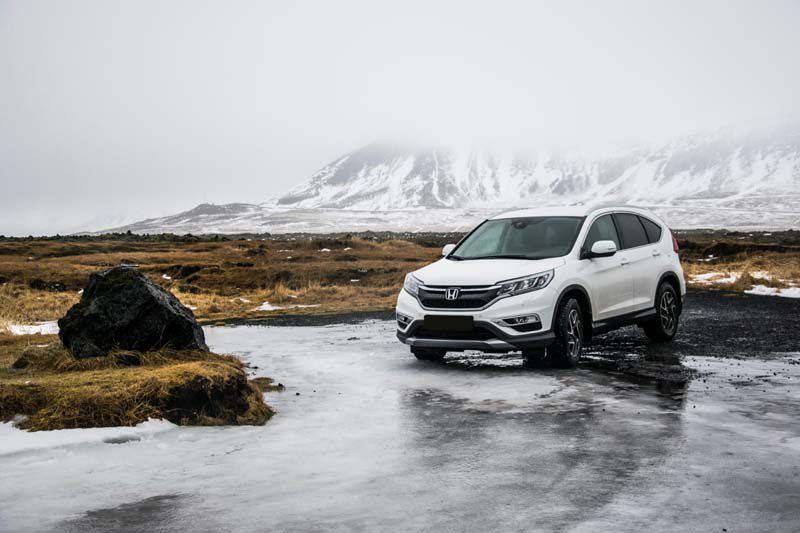![[feature] How to Drive In Bad Weather](https://blogger.googleusercontent.com/img/b/R29vZ2xl/AVvXsEhXrPqAE7X3IgA4sWzVAYnQ6tciLS4uHgGMRllD-Bro5RJoeAqGQIJdfyOJik6GiBURuCsoIM9OHeibxzGvo6KvOMMs8pWnKkzFE8j4UiIuuQ7OL-erI1sCRLDdjuEimAEKCFPM1vONZN88ZIlSofEeAJMgYgwqgPpes3krjBcshH9w-QcPi8Pr4HUj/s16000-rw/drive-in-bad-weather.jpg) |
| Ⓒ Tabea Schimpf / Unsplash |
By Ayisha Gharu, What Car?
Prince Charming’s perilous journey through blistering cold and scorching heat is fairly relatable for many drivers. And while few of us set out to rescue damsels in distress, we do sometimes face challenging weather conditions that increase the risk of accidents.
To help keep us safe, the Met Office issues weather warnings alerting motorists to severe weather. Red warnings mean there is likely to be substantial disruption to travel. Amber warnings mean there is a risk of travel delays. Yellow warnings are issued if there could be low-level impacts.
It’s important to know how to stay safe when driving if any of these weather warnings are put in place. Here, we’ll tell you all you need to know.
Read More: Tips To Look After Yourself When On The Road
Driving in rain
 |
| Ⓒ Provided by What Car? |
Wet weather can cause roads to become slippery, so you should slow down and give yourself more time to react to hazards by increasing the gap between you and the vehicle in front. Try to maintain a gap of at least 4.0 sec – double the usual amount.
If visibility is reduced, you should use your dipped headlights, turn your windscreen wipers on and keep your eyes on the road. And be aware that spray from lorries and other vehicles can reduce your visibility.
It’s also worth checking your wiper blades regularly to make sure they’re working properly and are not damaged. Some wipers – including on Mercedes cars – include wear indicators that change colour over time so you can tell when they need to be replaced.
If visibility is reduced, you should use your dipped headlights, turn your windscreen wipers on and keep your eyes on the road. And be aware that spray from lorries and other vehicles can reduce your visibility.
It’s also worth checking your wiper blades regularly to make sure they’re working properly and are not damaged. Some wipers – including on Mercedes cars – include wear indicators that change colour over time so you can tell when they need to be replaced.
Driving in storms
 |
| Ⓒ Provided by What Car? |
If your journey is not essential, it’s best to stay at home. If you really need to drive somewhere, check for road closures or disruptions before you set off.
When you're driving, keep a firm grip on the steering wheel because strong gusts of winds can unsettle vehicles.
When you're driving, keep a firm grip on the steering wheel because strong gusts of winds can unsettle vehicles.
Driving in high winds
 |
| Ⓒ Provided by What Car? |
Strong winds can lead to obstructions in the road, such as fallen tree branches. Slowing down gives you a much better chance of spotting them in good time and driving safely around them.
Make sure you leave extra room when you're passing cyclists, motorcyclists and high-sided vehicles, which are all vulnerable to being blown over by strong winds.
Read More: 10 Tips For Safer Winter Driving
Make sure you leave extra room when you're passing cyclists, motorcyclists and high-sided vehicles, which are all vulnerable to being blown over by strong winds.
Read More: 10 Tips For Safer Winter Driving
Driving in snow
 |
| Ⓒ Provided by What Car? |
On the rare occasion that the UK does see snow, it’s best to plan your route before you set off. Make sure you clear your car of any ice or snow by scraping it off using a plastic scraper. Never use metal scrapers because these can scratch the glass.
When roads are icy, the distance between you and vehicle in front should be 10 times the normal two-second gap and all controls (brakes, accelerator, gears and steering) should be used slowly and steadily.
It’s also important to check that your tyres have sufficient tread depth because poor tyres will not grip the road properly.
The legal minimum tread depth is 1.6mm – you can check your tyres by placing a 20p coin into the tread grooves. If you cannot see the rim around the edge of the coin, your tread depth is above the legal limit. If the rim of the coin is visible, your tyre tread is unsafe and should be checked.
You can buy winter tyres that have a deeper tread specifically for cold-weather driving.
To learn more about how to prep your car for winter driving see our winter driving guide.
When roads are icy, the distance between you and vehicle in front should be 10 times the normal two-second gap and all controls (brakes, accelerator, gears and steering) should be used slowly and steadily.
It’s also important to check that your tyres have sufficient tread depth because poor tyres will not grip the road properly.
The legal minimum tread depth is 1.6mm – you can check your tyres by placing a 20p coin into the tread grooves. If you cannot see the rim around the edge of the coin, your tread depth is above the legal limit. If the rim of the coin is visible, your tyre tread is unsafe and should be checked.
You can buy winter tyres that have a deeper tread specifically for cold-weather driving.
 |
| Ⓒ Provided by What Car? |
To learn more about how to prep your car for winter driving see our winter driving guide.
Driving on ice
 |
| Ⓒ Provided by What Car? |
Before moving off, demist the inside of your windscreen by turning on the car's heater. You can also turn on the air-con to prevent moisture gathering and causing more condensation on the windows. You should also remove any ice from the outside of your car by using a plastic scraper.
As with the other weather conditions, keep speed to a minimum and try not to brake or accelerate harshly, which could cause you to skid. If you do find yourself skidding, stay calm and don’t brake hard or take your hands off the wheel. Instead, turn the steering wheel in the direction of the skid (if the back of the car is sliding to the left, steer left).
One of the biggest dangers of winter driving is black ice – a thin, transparent layer of ice that is very difficult to see. If you hit a patch of black ice, try not to brake or accelerate harshly. Instead, gently lift off the accelerator pedal and allow the car to pass over it. Keep the steering straight and avoid aggressive movements.
As with the other weather conditions, keep speed to a minimum and try not to brake or accelerate harshly, which could cause you to skid. If you do find yourself skidding, stay calm and don’t brake hard or take your hands off the wheel. Instead, turn the steering wheel in the direction of the skid (if the back of the car is sliding to the left, steer left).
One of the biggest dangers of winter driving is black ice – a thin, transparent layer of ice that is very difficult to see. If you hit a patch of black ice, try not to brake or accelerate harshly. Instead, gently lift off the accelerator pedal and allow the car to pass over it. Keep the steering straight and avoid aggressive movements.
Driving in hail
 |
| Ⓒ Provided by What Car? |
Hail can be very dangerous and can cause damage to your car’s bodywork, windscreen and windows. If possible, pull over in a safe place and wait for the hail to ease.
If you must continue your journey, the downpour can limit your vision, so maintain a good distance from cars in front of you and allow enough time and space to react to any hazards.
If you must continue your journey, the downpour can limit your vision, so maintain a good distance from cars in front of you and allow enough time and space to react to any hazards.
Driving in fog
 |
| Ⓒ Provided by What Car? |
Fog greatly reduces visibility, so you should be using your fog lights. These will make you more visible to other drivers on the road and also allow you to have a better view of the road ahead.
The Highway Code says fog lights should be used when visibility is reduced to 100 metres. They should not be used if you can see further than the recommended distance because that risks dazzling other road users.
Allow for a safe distance between you and the vehicle in front. If you can’t see what's going on ahead, hold back and go slow. This will give you more time to react to any potential hazards. If you can, delay your journey until the fog clears up.
The Highway Code says fog lights should be used when visibility is reduced to 100 metres. They should not be used if you can see further than the recommended distance because that risks dazzling other road users.
Allow for a safe distance between you and the vehicle in front. If you can’t see what's going on ahead, hold back and go slow. This will give you more time to react to any potential hazards. If you can, delay your journey until the fog clears up.
Driving in hot weather
 |
| Ⓒ Provided by What Car? |
In extreme heat it's easy to become dehydrated, which can cause headaches, dizziness and tiredness. Make sure you keep plenty of water in your car to prevent this. To reduce the risk of overheating, roll down the windows to let in fresh air or turn on the air-con.
It's also worth keeping an eye out for melted tarmac. This can happen when the road surface becomes soft and starts to contort. If you do find yourself driving on overheated roads, keep your speed down and use your brakes carefully.
See more at What Car?
It's also worth keeping an eye out for melted tarmac. This can happen when the road surface becomes soft and starts to contort. If you do find yourself driving on overheated roads, keep your speed down and use your brakes carefully.
See more at What Car?






















